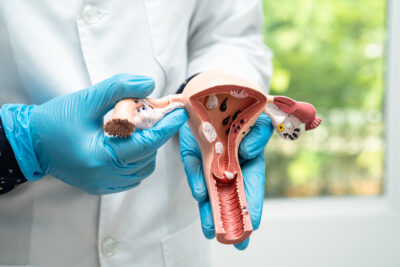Despite gaining ever more ground, microbiome testing, a method that gives a detailed overview of the bacteria of the gut, is of limited value today for those seeking guidance on improving their gut health, Semmelweis University warns.
Interest in microbiome tests has been propelled by a better understanding of how the gut affects overall health.
Gut microbiome abnormalities has been linked to several conditions including inflammatory bowel disease, diabetes, autoimmune and cardiovascular diseases, depression and even cancer, though causation is yet to be fully uncovered.
Microbiome testing is based on the analysis of the DNA in one’s stool samples. “These tests give a snapshot of the actual state of the gut but the results are influenced by a host of factors from stress levels to the foods eaten to where and how (e.g. at home, at a clinic) the test was taken,” says Árpád Patai, associate professor at the Department of Surgery, Transplantation and Gastroenterology, Semmelweis University.
A common problem is that different test protocols produce different results.
Also, due to the variety of individual gut microbiome, no standard ranges of microbiome diversity have been set, which makes it difficult to interpret the readings even in comparison to one’s own results.
Once the test is completed, testing companies send people personalized reports and suggest dietary adjustments. “Anyone can benefit from switching to a healthier diet and taking supplements for a period of time. It will likely result a more diverse microbiome that is often shown people taking the test in the form of improved diversity index,” Patai says.
But our knowing on how to use diet and nutritional supplements to adjust levels of bacteria is still limited, he adds.
The main problem with microbiome diagnostics is that the analysis may be detailed, the proposed therapy is general as clinical decisions cannot yet be made based on the test,
Patai says.
“Evidence-based research today is scarce; much of the knowledge we have comes from experimental and animal studies whose results can’t be extrapolated to humans,” he adds. Another issue is that many test providers will often recommend (their own) supplements the effect of which is hard to assess with little research available.
The detailed information these tests provide don’t translate into useful data on, for example, the severity of a gastrointestinal disorder.
By taking a proper medical and dietary history of a patient and running adequate tests, physicians can predict dysbiosis with great certainty.
This is not to say there is no scientific basis for microbiome tests but their scope in providing guidance as a basis for clinical decisions at this point is preliminary and not ready for prime time in clinical practice,
Patai notes.
“Technological advances will soon allow us to make better use of these procedures and incorporate them into routine clinical practice,” he adds.
Illustration: iStock by Getty Images – iLexx


